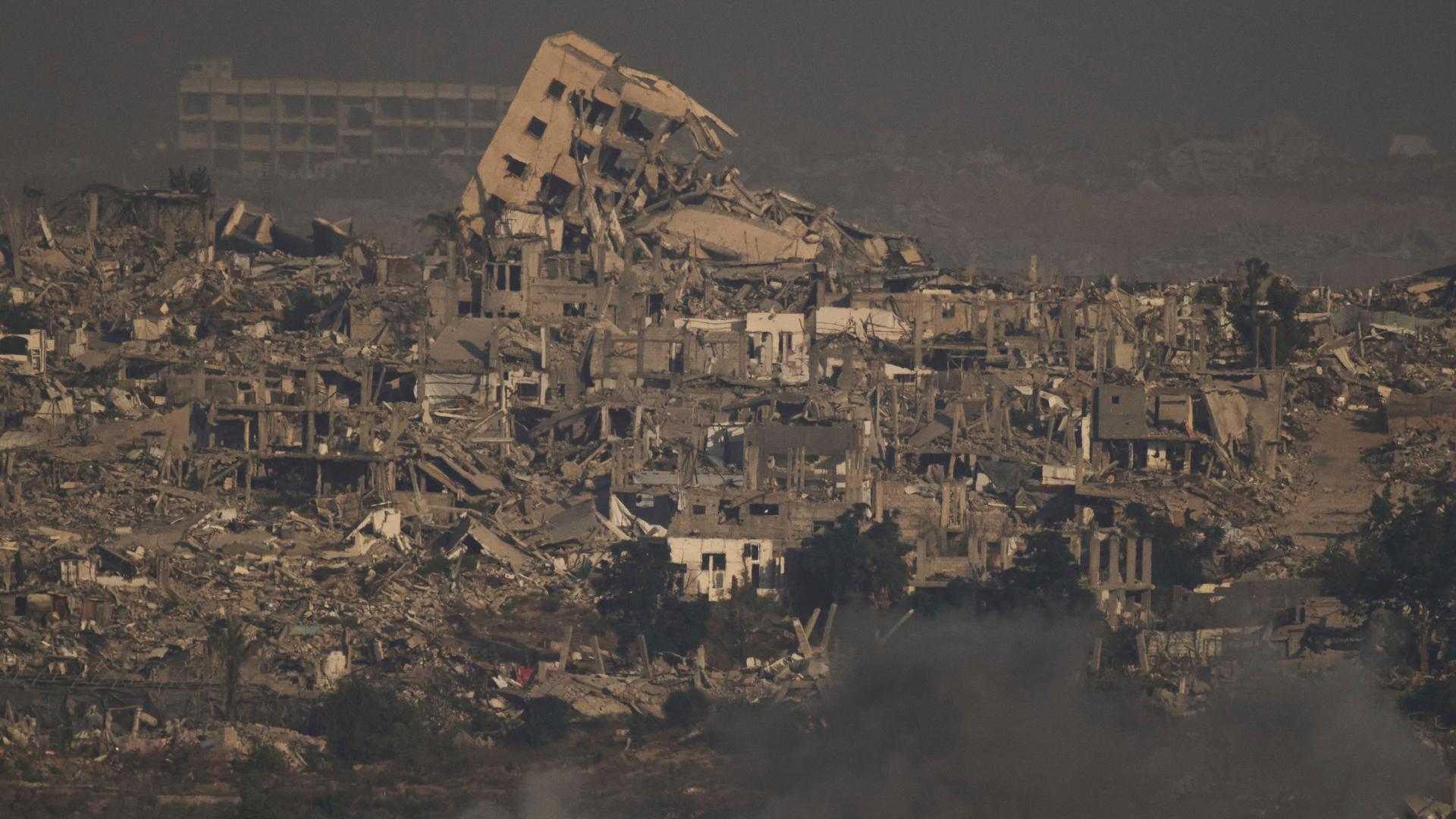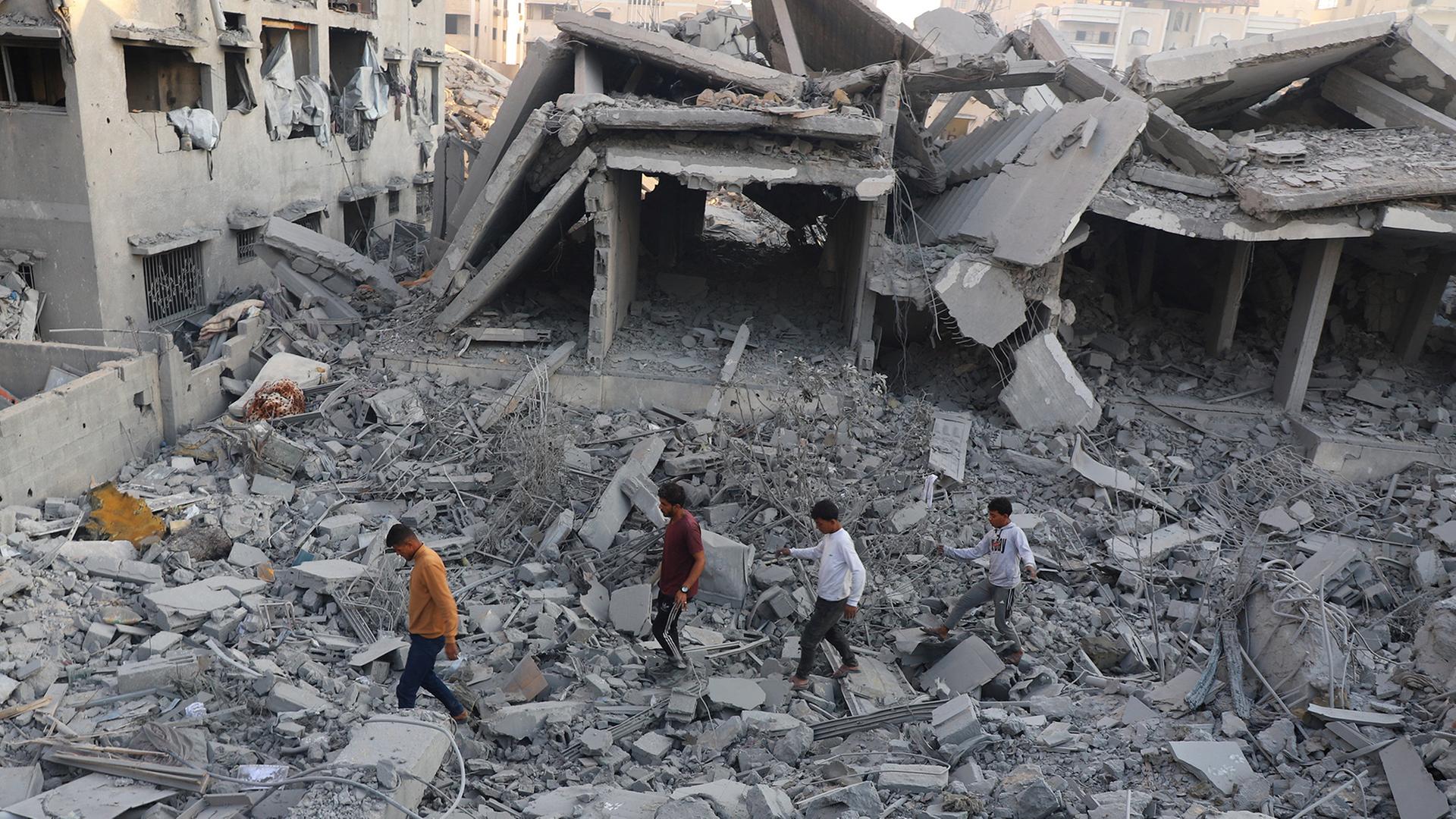Introduction
The situation in Gaza has been a focal point of global concern for decades, with recurring conflicts and humanitarian crises. As we look ahead to 2025, there is a growing interest in envisioning what the future of Gaza could hold. From potential peace treaties to infrastructural redevelopment, the trajectory taken in the coming years could significantly impact the lives of millions. With international attention shifting towards sustainable solutions, the future of Gaza is a topic of relevance and urgency.
Current Situation
As of 2023, Gaza is home to nearly two million Palestinians, living in challenging conditions exacerbated by ongoing blockades and military confrontations. Economic hardship, limited access to essential services, and high unemployment rates typify life in the region. Recent ceasefires have shown that there is potential for diplomacy, but the path towards lasting peace remains unclear. Various international players, including the United Nations and the European Union, have called for renewed negotiations to address the core issues fueling conflict.
International Involvement and Aid
Efforts for reconstruction have been continually hampered by political instability and funding challenges. The reconstruction of Gaza is pivotal for achieving stability and fostering development. In recent reports, international aid organizations have highlighted the necessity of increased support for rebuilding infrastructure, schools, and hospitals. Initiatives focusing on economic development, such as investment in green energy and technology sectors, are being proposed as long-term solutions that could lead to sustainable growth.
Forecasts for 2025
Looking towards 2025, several forecasts and plans propose optimistic scenarios where Gaza evolves into a center for resilience and innovation. If peace negotiations succeed and partnerships are established, Gaza could witness significant investments in infrastructure and education. The establishment of special economic zones, coupled with improved access to international markets, could provide job opportunities and promote economic independence.
Conclusion
As Gaza approaches 2025, the region stands at a crossroads. The potential for peace, coupled with international support for reconstruction initiatives, could shape a brighter future for its residents. However, achieving these goals will require concerted efforts from local leaders and the international community alike. By fostering dialogue and collaboration, Gaza has the opportunity to embark on a transformative journey, providing hope for its people and setting an example for conflict resolution worldwide.


